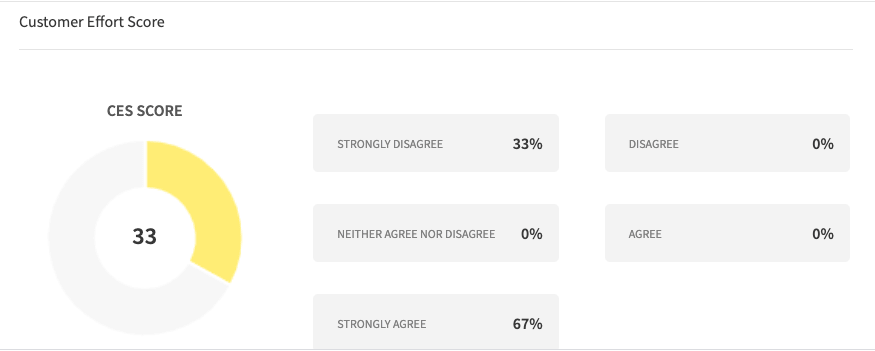Have you ever walked into a bank to find an unhappy customer complaining bitterly about an unwarranted debit from their account? Ever encountered what is probably the most daunting peril of ATM usage (besides the ATM not dispensing at all) – the case of a debit without cash dispensed? If you have experienced the latter, requested a reversal, and waited for days without any result, what would you desire on the day you finally decide to step into a bank branch to request amends? One would presume you would desire to be treated with empathy, not just because you are a customer, and in some schools of thought, “you are always right.” Rather, you will likely want to be treated with empathy because above all else, you are human, and affected by the challenge you are facing with accessing your hard-earned money.
Varying contexts similar to the afore-mentioned occur beyond banks. In retail, in the hospitality industry, in telecommunications, in aviation, and far beyond, situations that bring customers and businesses in close interaction often operate within the same parameters as interpersonal relations. Even if businesses might not seem to put a bold tag around it, emotions are at play in their dealings with customers. Due to this, empathy is necessitated in all business-to-customer interactions.
We often describe empathy as ‘stepping into the shoes of others.’ It is cognitive and affective, and as such, is both an understanding of the emotions of others and a response to these emotions. Intrinsically, empathy precedes compassionate action. However, in the business environment, compassion is often shrouded. In its place, layers such as quick gains and cost reduction are placed as major drivers of effort and delivery. In the present age, the systematic shrouding of empathy in business is no longer functional, sustainable, or even permissible. With customer experience recognized as a linchpin for business success, as buttressed by a Walker study which reported that customer experience will surpass price and product as the key brand differentiator in 2020, firms have no choice but to serve their customers excellently. Now, what is excellent customer experience management without empathy?
For firms looking to win big through excellent customer experience, here are guides to nurture a business climate that fosters empathy:
Acknowledge the feelings of customers
A starting point to customer empathy is the acknowledgement of the emotions and feelings of customers in every situation. There are certain situations in which either party – the customer or the enterprise – may be wrong, as well as alternate circumstances in which customer needs/complaints cannot be immediately resolved. In both cases, it is important to make a customer feel heard and understood, before proceeding to informing them of a proposed action plan.
Access how your offerings/ business approach make customers feel
Feedback always takes centre stage in your interaction with customers. Understand the opinions of your customers on your offerings through surveys and feedback sessions. Thereafter, ensure, you implement their feedback. If it means iterating aspects of your product/service delivery, or adapting your approaches to their solving customers’ needs, ensure you do that, as long as it is exactly what your customers want. By doing so, you are co-creating with your customers, and this gives them a sense of ownership and significance to your business. In a contribution to Forbes, Christine Crandell regards this inclination towards co-creation as the secret sauce to business success.

Build all your touchpoints with the customer in mind
Often times, businesses build and expand touchpoints that are too far-flung from customer interests, access and preference. There are situations where businesses skew their touchpoints to either physical or digital channels, without optimizing both according to their customers’ demand. Even within either of both channels, there are touchpoints which customers prefer and find easier and accessible depending on the nature and usage of the product or service they purchase. It is important that both in the selection (web, mobile, point of sale, signage, social media and more), and the design of touchpoints, customers must be at the heart of a business’s choices. This is why the case for user experience research and design cannot be overemphasized.
At the end of the day, empathy should be treated as less of a buzzword and more as a non-negotiable business principle. It is high time businesses addressed the empathy deficit in the corporate sector. A HBR research reported that the top 10 most empathetic companies in the Global Empathy Index 2015 increased their financial value more than twice the bottom 100 and generated 50% more earnings. Hence, not only is empathy a fundamental business principle or customer experience tenet, it is also an asset and viable business investment. What then, is there to wait for? Invest in empathy today.
Featured Image Credits: Tengyart on Unsplash
We can help you do customer relationship management right. Sign up for our newsletter below.




